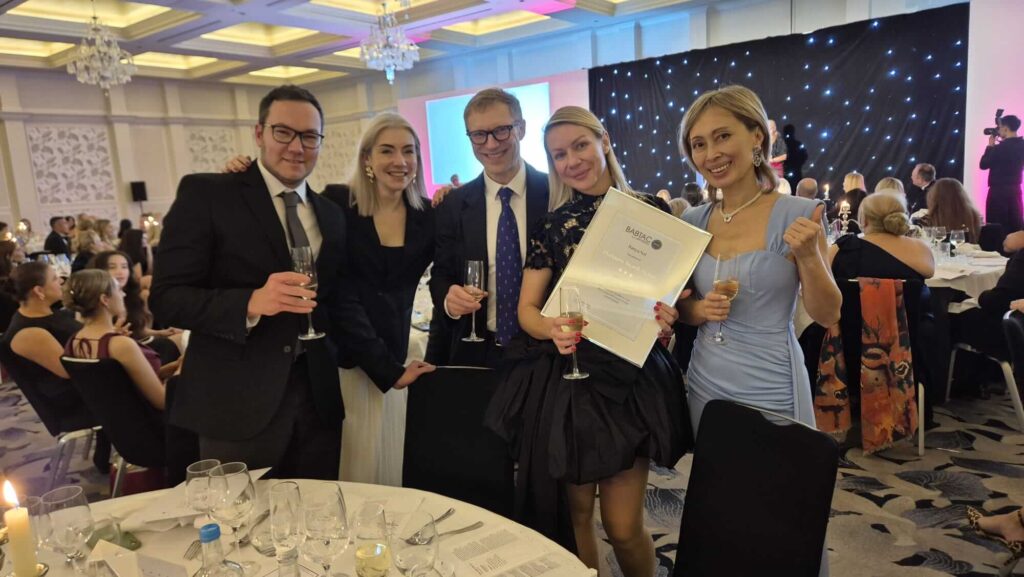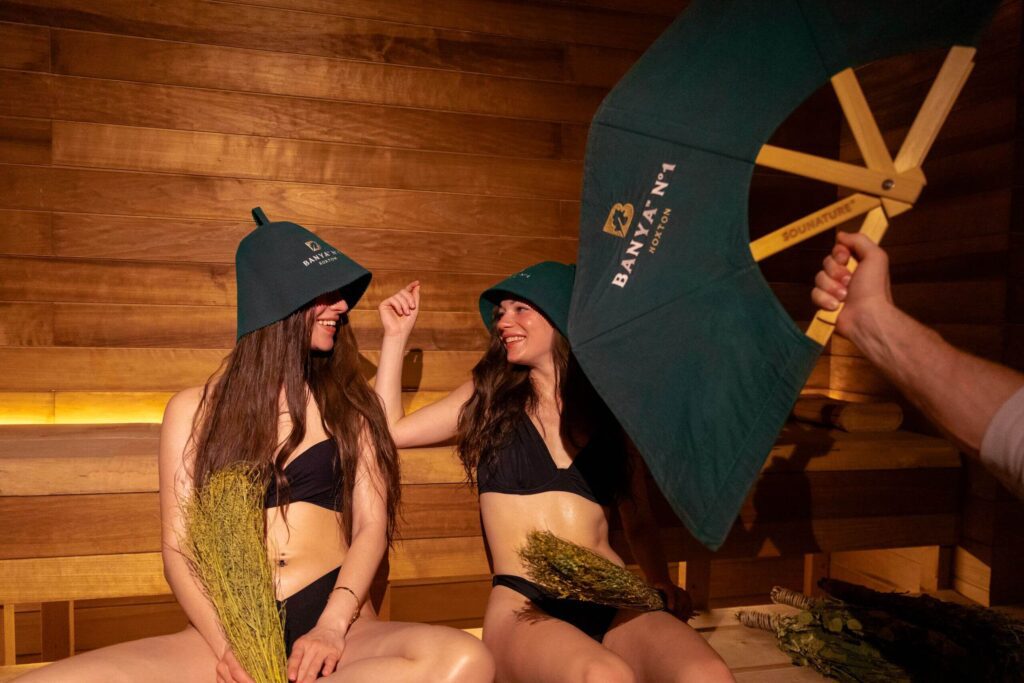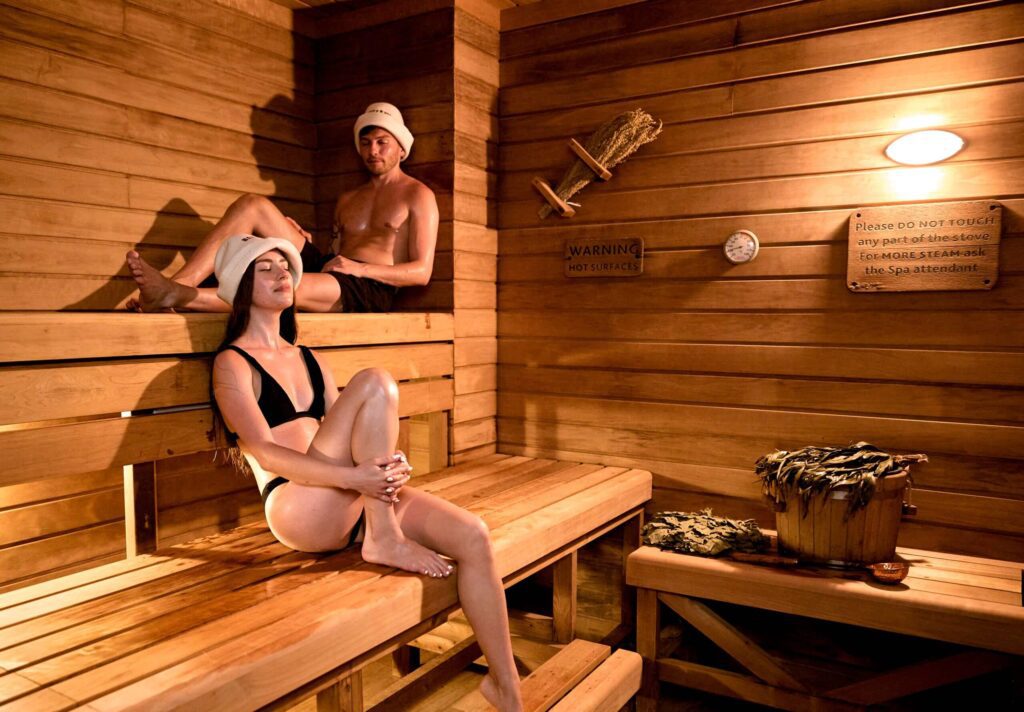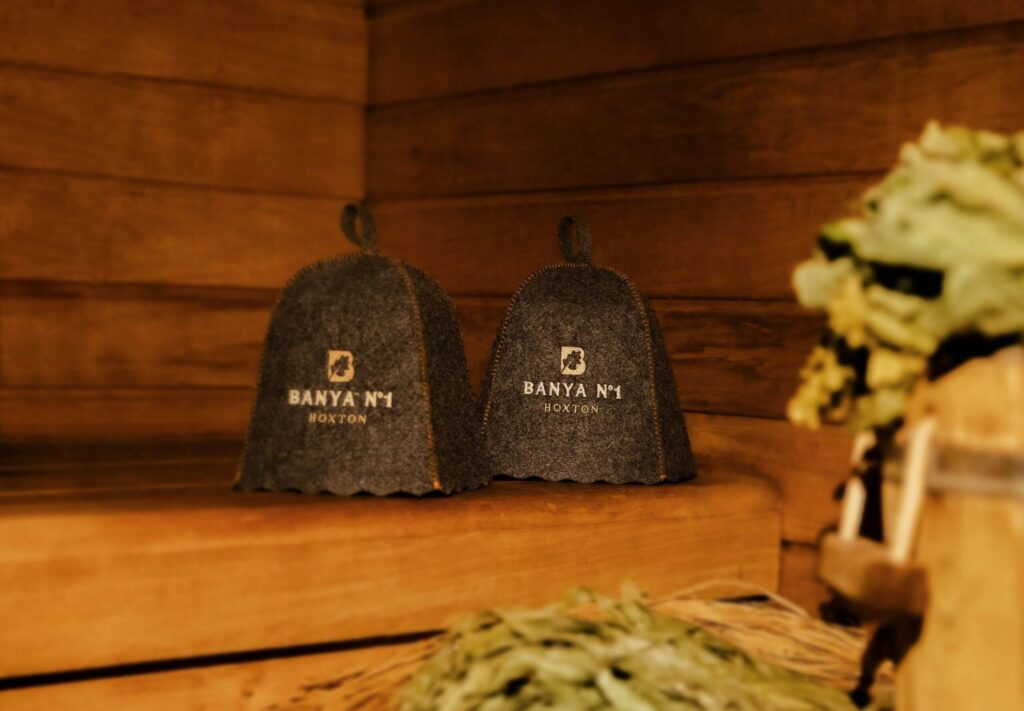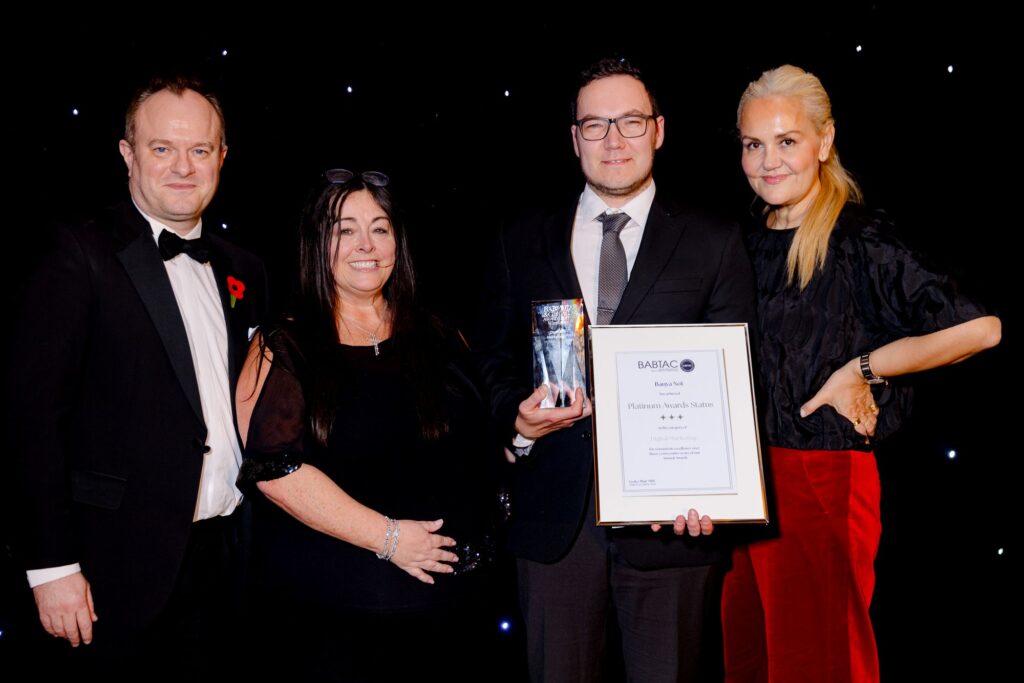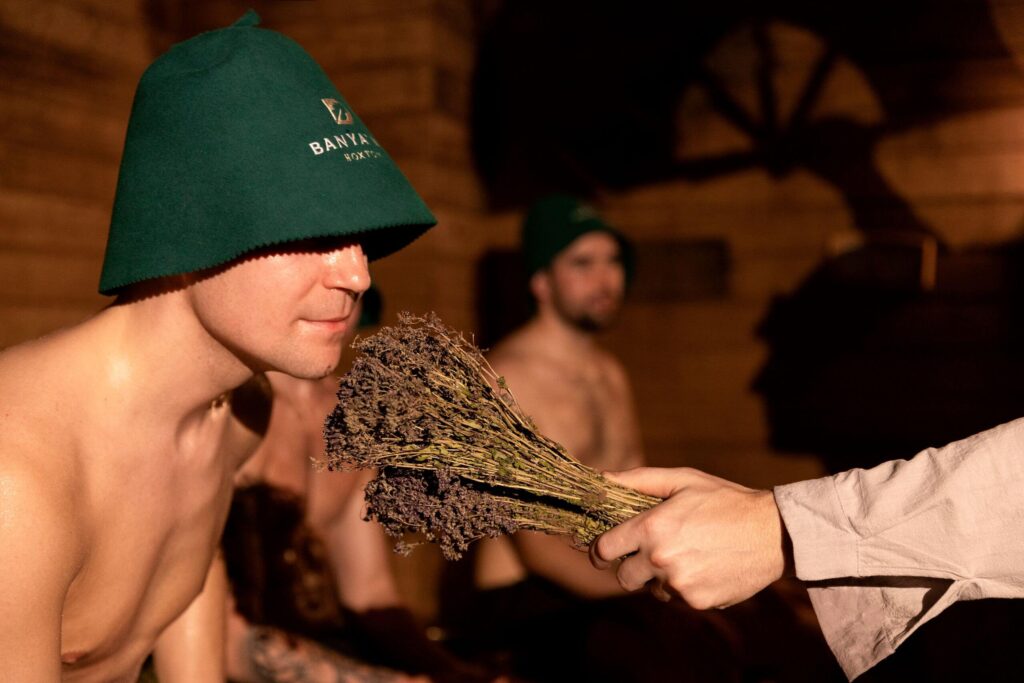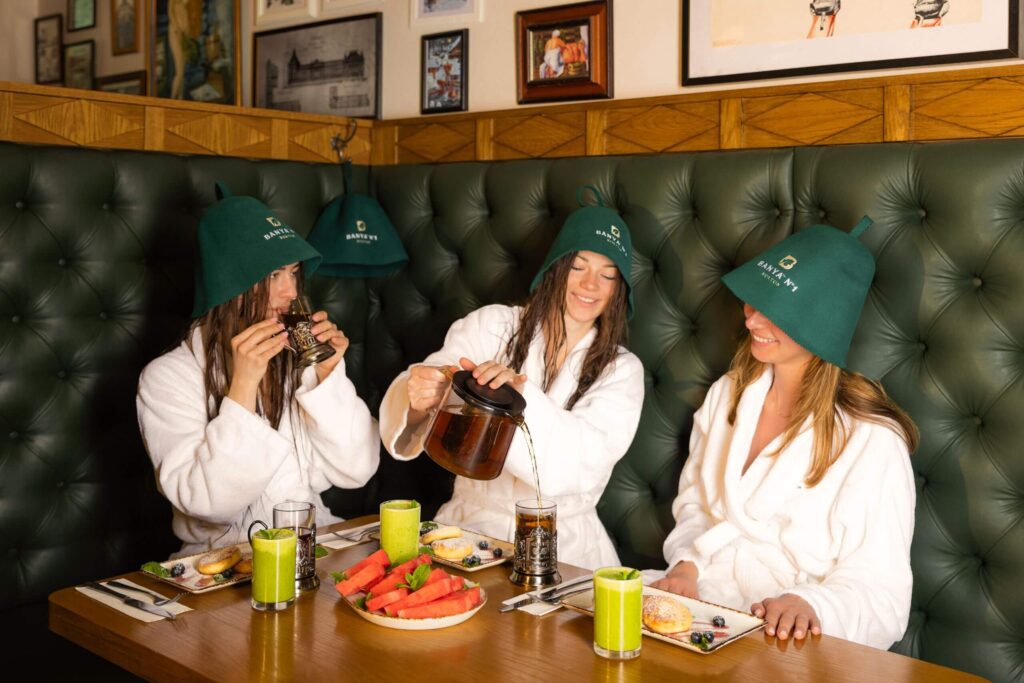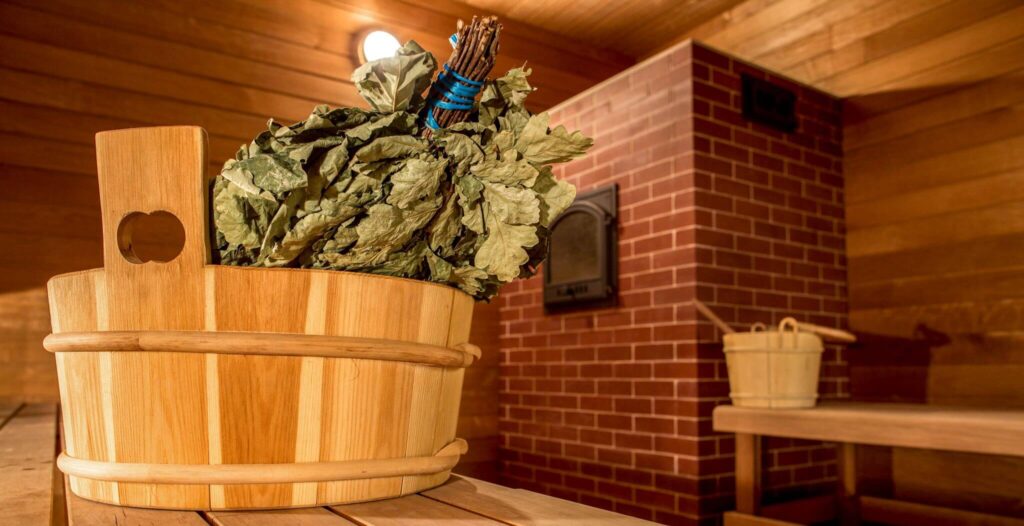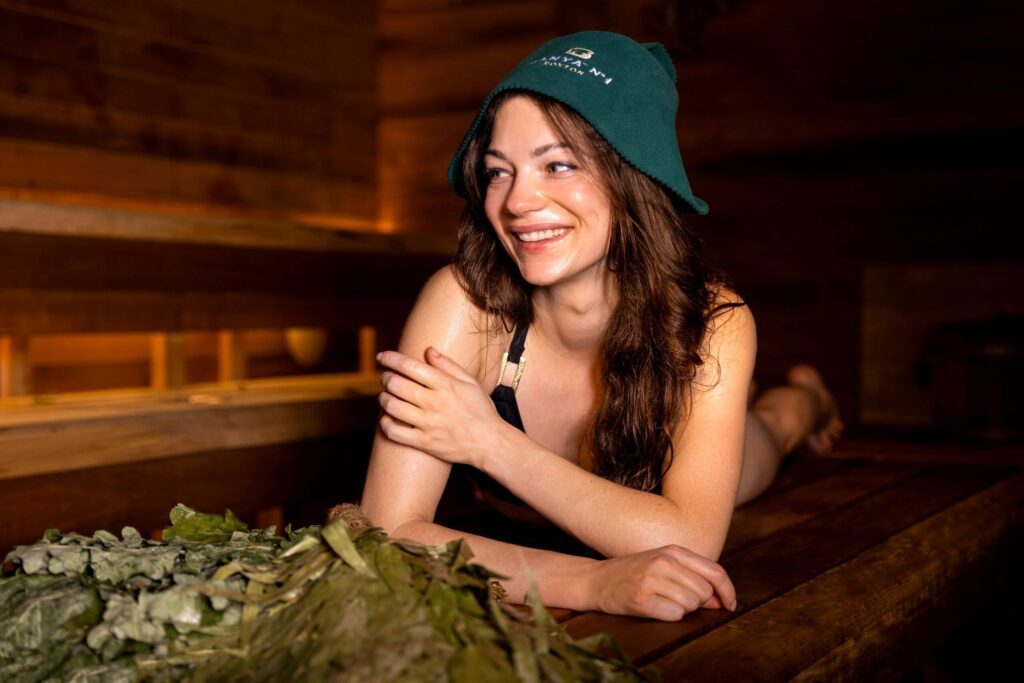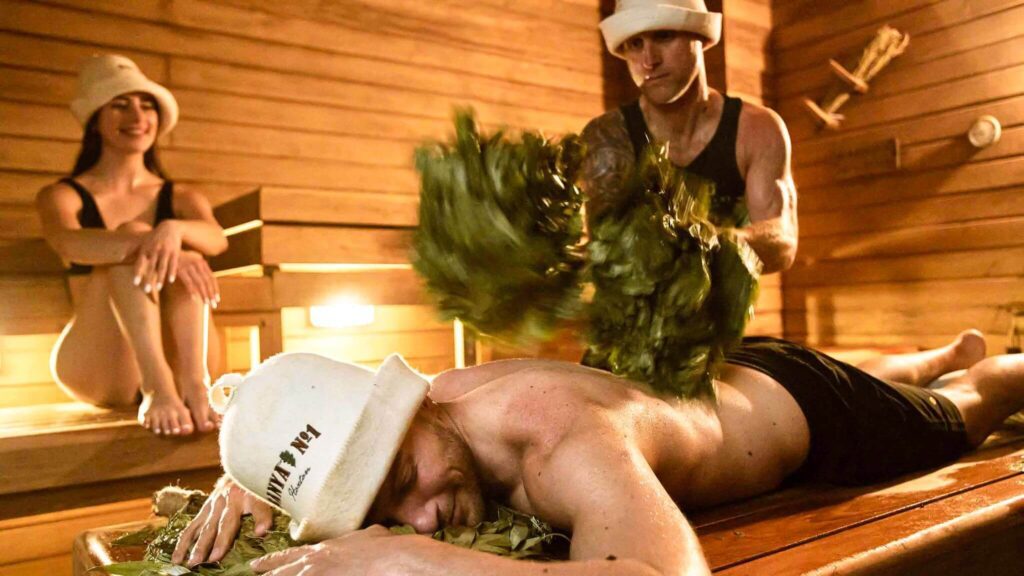A Londoner’s starter guide to the Russian banya – Review by Russia Beyond
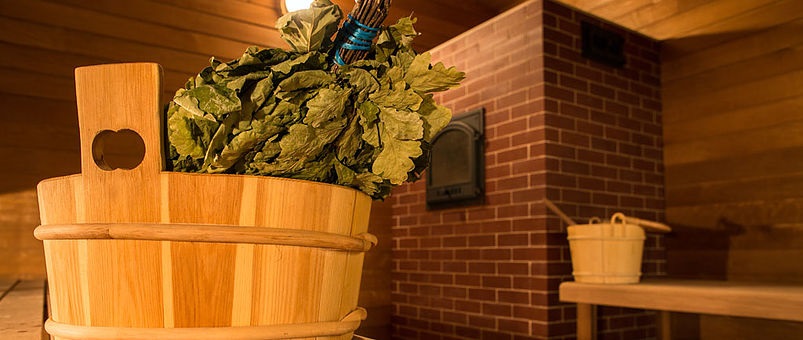
RBTH correspondent Ilaria Parogni visits the first-ever Russian banya in London and shares her impressions and thoughts on one of Russia’s favourite activities.
I have a confession to make. Despite having lived in Russia for a while in the past and writing about this country for a living, I had never been to a Russian banya (bathhouse) until a few days ago. Sometimes equated to a Turkish bath, the banya experience is usually considered an indispensable pit stop in the journey to the discovery of Russian culture – a sublime social, spiritual and physical moment.
Naturally, as I approached a banya for the first time a few weeks ago, I could not avoid asking myself: “Will I like it?”
Banya No.1, London’s first ever banya, is located in East London and offers regular guests and curious first-timers the full Russian treatment against the background of the sophisticated London city scene. After working in the British PR and entertainment sector for almost 16 years, Russian entrepreneur Andrey Fomin became convinced that a banya was “the only thing that was missing” for the Russian expats community in the capital to be fully satisfied.
As soon as you walk into Banya No.1 you notice that everything is designed and arranged to guarantee an optimal experience to its guests. A great attention to details is what stands out the most – everything is catered from, from a bathrobe rental service to dental and shaving kits. A café is available on the premises for the guests to relax with a good cup of tea and honey or to sample typical Russian snacks, from pickled gherkins to caviar.
Russian banyas are often compared to saunas, but Andrey is eager to point out that the two are completely different. While the average temperature in a sauna range from 90 to 100 C degrees, a 65-70C temperature is commonly reached in the banya cabin by burning wood in a stove. It’s the high levels of humidity (65-70%) reached in the cabin that makes the banya experience unique (by comparison, a regular sauna only reaches 5-10% humidity). It’s the quality of the super-heated steam that Andrey takes pride in the most – the vapor is very fine, transparent and easy to breathe.
The London-based banya also offers a selection of treatments, from honey and sea salt scrub to mud wraps, chosen for their effectiveness and all boasting an “all-natural” status. It is the parenye (steaming), however, that gets the badge of honour as the top treatment – and the reason for my visit. Oak and birch veniks (branches) are used to move the steam gathering in the upper half of the cabin towards the guests lying down.
A full parenye involves subjecting the body to different temperatures. The heat of the steam cabin is followed by a 20-degree shower and a dive in a bochka (barrel) filled with water at 8 degrees. A traumatic experience, some might think. The sudden change of temperature, however, has a highly beneficial effect on the body – all toxins are released, and a feeling of relief and lightness follows shortly after.
Visitors at the banya are not only Russians, even though these represent the main bulk. From Brits, French and Italians to Americans and Belarusians, many curious guests wanting to try something unusual have already turned into affectionate clients. Customer satisfaction is taken very seriously, after all. Andrey keeps a guestbook on display on the reception desk – and, by the way he enthusiastically pointed out the most entertaining and positive reviews, you can easily tell that he has spent much time flicking through the pages.
Banya No.1 has been welcomed so positively on the London leisure market that Andrey plans to expand soon. New locations are due to open in the near future both in London and Surrey. Meanwhile, a membership plan will be introduced in the East London centre starting from September.
During the treatments I had the chance to talk to German, the Latvian-born masseur in charge of the treatments. “Parenye is a serious ritual,” he explained to me. “Wait an hour after the banya and all of a sudden all those questions you weren’t able to find an answer to will come looking for you.”
Will I like it?”
That was the question that would not leave me that morning. The answer came to me right after the banya, just like German said. And could not help but being a resounding “Yes.”
—

